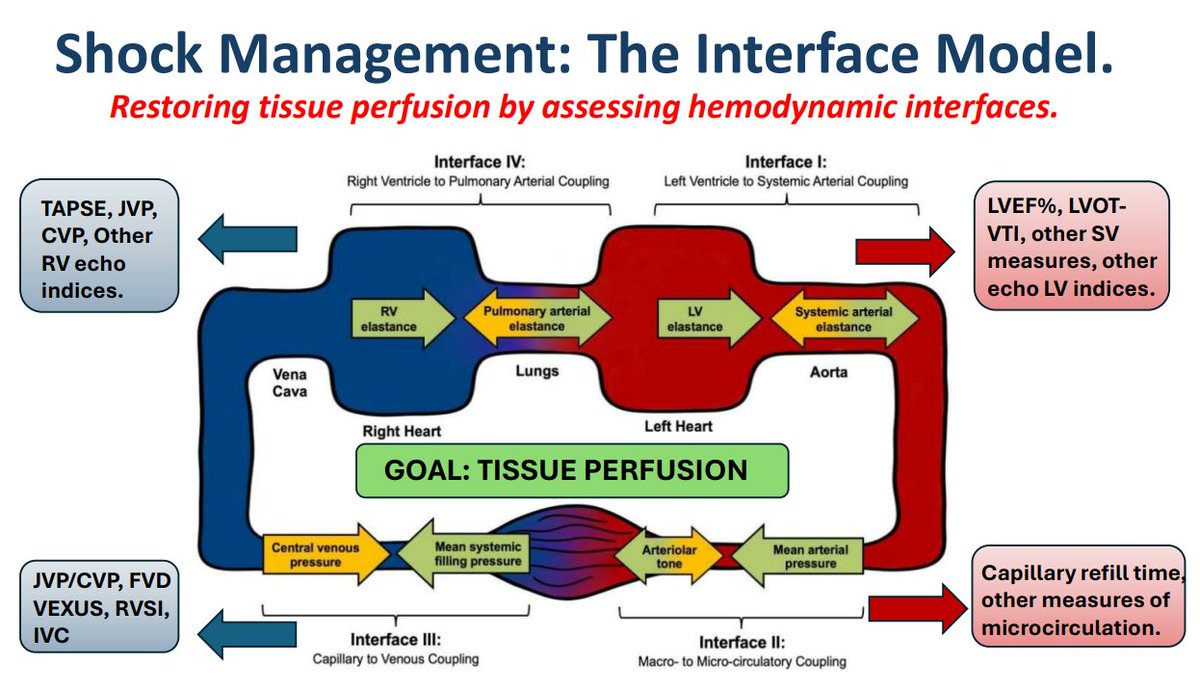What was it?
Multi-center, retrospective study evaluating PanEcho, an AI system using multitask deep learning to automate interpretation of transthoracic echocardiography (TTE) across 39 labels and measurements on transthoracic echocardiography (TTE).
The Devil in the Details!
- Data: 1,193,876 echocardiographic videos from 32,265 TTE studies (24,405 patients) at Yale-New Haven Health System (YNHHS), 2016–2022.
- Design: PanEcho, a view-agnostic, multitask deep learning model, trained on >1 million videos, validated internally (YNHHS, July–December 2022) and externally (four diverse cohorts).
- Primary outcomes: Accuracy of 18 classification tasks (e.g., identifying left ventricular hypertrophy, valve dysfunction) and 21 measurement tasks (e.g., chamber size, ejection fraction).
- Performance metrics: Median area under the receiver operating characteristic curve (AUC) for classification tasks and normalized mean absolute error (MAE) for measurement tasks.
- Model: Uses image encoder, temporal frame Transformer, and task-specific output heads; publicly available via PyTorch.
The Results!
- PanEcho achieved a median AUC of 0.91 (range: 0.75–1.00) across 18 classification tasks, indicating high accuracy in detecting conditions like left ventricular hypertrophy (AUC 0.75) and pacemaker leads (AUC 0.89).
- For 21 measurement tasks, median normalized MAE was 0.13, showing precise quantification of cardiac dimensions and function (e.g., ejection fraction R² = 0.50).
- External validation across four cohorts confirmed robustness, with consistent performance across diverse geographies and time periods.
- The model outperformed prior single-task AI models and matched or exceeded human expert performance in most tasks.
- Application: Suitable as an adjunct reader in echo labs or for rapid point-of-care screening.
They concluded
The authors concluded that PanEcho offers a comprehensive, automated approach to TTE interpretation, with high accuracy across diverse tasks and settings, potentially streamlining clinical workflows and enabling point-of-care use.
Gripe Point Summary!
Promising but with limitations:
- Retrospective design limits real-world clinical workflow integration insights.
- Validation cohorts, while diverse, may not capture all global practice variations.
- Limited generalizability to low-resource settings with less advanced ultrasound equipment.
- Black-box nature of deep learning reduces interpretability for clinicians.
- No prospective data on clinical outcomes or patient impact.
- Potential bias from training on YNHHS data, which may not reflect all patient demographics.
- High computational requirements may limit scalability in smaller centers.
- Lack of cost-effectiveness analysis for widespread adoption.
Our Summary
PanEcho demonstrates impressive accuracy (median AUC 0.91, MAE 0.13) in automating 39 echocardiographic tasks, offering potential as a clinical adjunct or point-of-care tool. Its view-agnostic, multitask design outperforms prior AI models, but retrospective data, interpretability concerns, and lack of prospective outcomes temper enthusiasm. Larger, prospective, multicenter studies are needed to confirm clinical utility and cost-effectiveness.
Who’s worked on this before?
Further gripes
- No real-time testing in clinical settings; retrospective validation may overestimate performance.
- Limited reporting on handling poor-quality images, common in point-of-care settings.
- Exclusion of pediatric or complex congenital heart disease patients narrows applicability.
- Potential overfitting to YNHHS protocols, as training data was predominantly from one health system.
- No data on integration with non-pharmacological interventions (e.g., guiding device placement).
- Lack of transparency in handling missing or incomplete TTE views, which are common in practice.
- High rate of computational complexity may exclude use in resource-constrained environments.
- Unclear how PanEcho performs with handheld ultrasound devices, increasingly used in point-of-care settings.
- Absence of patient-centered outcomes (e.g., impact on diagnosis time or treatment decisions).
- Potential for automation bias, where clinicians overly rely on AI outputs without critical review.
CCN’s Reflection
PanEcho is a leap forward in AI-driven echocardiography, with robust accuracy across 39 tasks and potential to transform clinical workflows. Its ability to handle multi-view TTEs and match expert performance is exciting, especially for point-of-care settings. However, its retrospective nature, computational demands, and lack of real-world outcome data keep it from being a slam dunk. We need prospective trials to prove it can deliver faster, safer care without widening healthcare disparities. For now, it’s a powerful tool, but human oversight remains critical. The future of echo interpretation looks bright—let’s see if PanEcho can live up to the hype in the clinic
Written by JW










